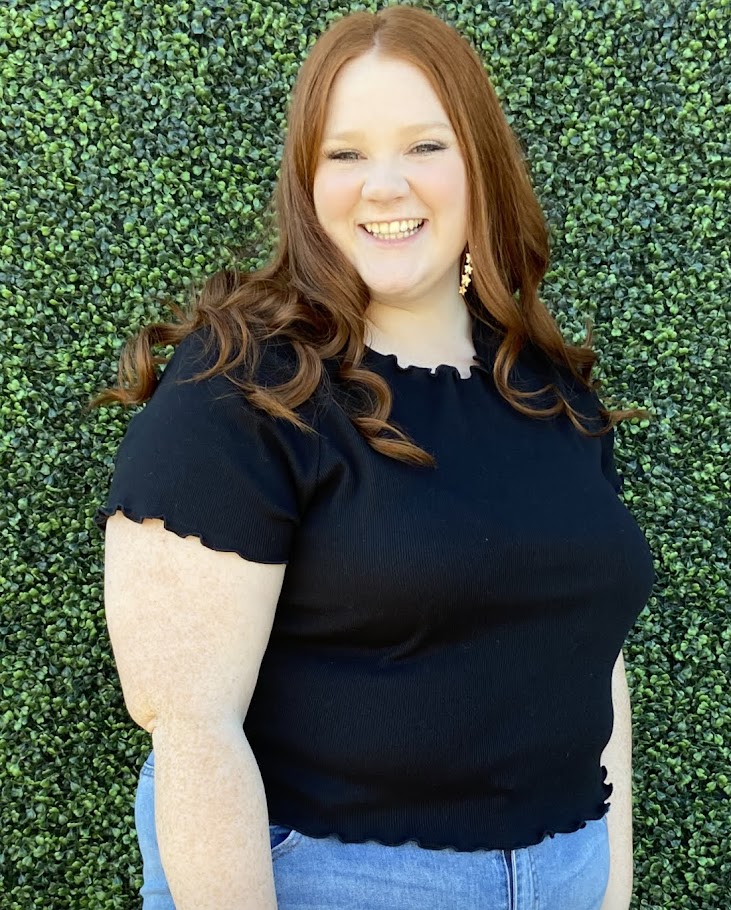Child / Adolescent - Anxiety
Investigating the Role of Positive Urgency on Social Anxiety and Alcohol Use Motives among Adolescents
(PS5-37) Investigating the Role of Positive Urgency on Social Anxiety and Alcohol Use Motives Among Adolescents

Shannon A. Smith, M.S.
Graduate Student
University of North Texas
Denton, Texas, United States.jpg)
Linda M. Thompson, M.A.
Doctoral Candidate
University of North Texas
Denton, Texas, United States- AW
Ash Wilkins, None
Research Assistant
University of North Texas
Denton, Texas, United States - HB
Heidemarie Blumenthal, Ph.D.
Professor
University of North Texas
Denton, Texas, United States
Author(s)
Co-Author(s)
Alcohol is one of the most widely used illicit substances by adolescents in the United States and has been associated with various negative health outcomes (CDC, 2022; NSDUH, 2022). Social anxiety (SA) and problematic substance use often co-occur, with those experiencing high SA also reporting greater substance use and risky behaviors in adulthood (Lemyre et al., 2019). Greater SA has been consistently linked to risk-related substance use motives (e.g., coping) among adults, although the small literature examining adolescents remains mixed (e.g., Cloutier et al., 2016). Notably, parties and other social settings are a primary context of reported substance use among adolescents (Tucker et al., 2006; NSDUH, 2022), which may serve as a protective factor in substance use activity as socially anxious youth may limit exposure to/time within such social events (Tomlinson & Brown, 2012), as well as heighten risk among those who do engage (e.g., telescoping; Kushner et al., 2011). In related work, the role of positive urgency (i.e., the tendency to act rashly in response to positive emotions; Whiteside & Lynam, 2001) has been highlighted as an important individual factor that may help explain mixed findings in terms of SA and adolescent alcohol use behavior (Nicholls et al., 2014; Fernie et al., 2013). However, no work has yet examined the potentially moderating role of positive urgency on the relation between SA and adolescent alcohol use motives.
For the current study, participants were 65 community recruited teens (age:15-17; 70.6% white; 55.3% girls) who reported past 6-month alcohol use drawn from a larger study examining adolescent cannabis use. Self-report measures assessed positive urgency (SUPPS-P; Lynam et al., 2006), social anxiety (RCADS; Chorpita et al., 2000), and drinking motives (DMQ; Cooper, 1994). A moderation analysis using PROCESS macro-Model 1 for SPSS (Hayes, 2013) was used. All variables were mean-centered and a HC4 robust standard error was used to mitigate against heteroskedasticity (Hayes & Cai, 2007). Separate models were run to examine the effects of SA and positive urgency on coping, enhancement, social, and conformity motives; outside of an expected main effect of SA on coping motives (p = .009), only the model predicting social motives was significant. The final model accounted for approximately 17% of social motives (F[3,61] = 4.01, p =.011). There were no main effects of SA or positive urgency on social motives; however, the interaction was significant (b =.03, p = .001). Specifically, there was a significant positive association between SA and social drinking motives at high (+1 SD; b = .24, p =.001) positive urgency, but not low levels of positive urgency (-1 SD; b =.-.08, p = .460). These results indicate that adolescents with greater SA reported elevated social drinking motives when positive urgency is also high. Future studies should explore how both positive and negative urgency impact the relation between SA and high-risk drinking behaviors (e.g., heavy drinking). Additionally, it is essential that more intentional recruitment efforts are made to obtain diverse samples representative of the broader, and high-risk (e.g. LGBTQ) populations.

.png)
